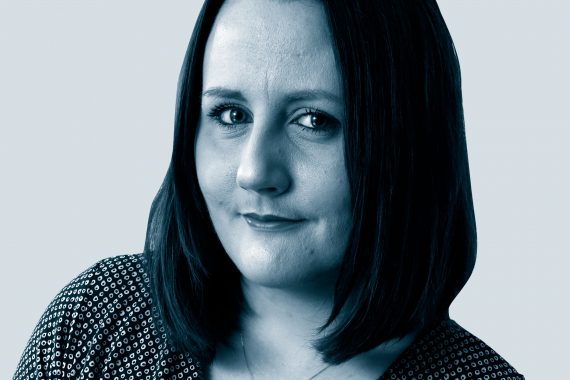There are two words guaranteed to strike fear into the heart of almost any man: size matters.
Nye Bevan knew it, when he said that he ‘would rather be kept alive in the efficient if cold altruism of a large hospital than expire in a gush of warm sympathy in a small one’. The BMA recognised it when, in 2015, they published a blueprint for the future of general practice in which they suggested that all GP surgeries should either federate or form ‘super-practices’, and in a recent survey showing that GPs want to collaborate more. And NHS England most certainly know it, and have placed great emphasis on working at scale in the GP Forward View.
When did the Government ever allow themselves to be constrained by something as trifling as evidence?
When it comes to delivering primary care, bigger is so often better. Super-practices benefit from economies of scale so are more cost-effective to run, freeing up cash which can be invested in ways that directly improve patient care and working conditions. Larger practices often employ allied health professionals to work alongside GPs to reduce their workload. One local super-practice uses a pharmacist to manage patients’ medications, and as a result, their GPs very rarely have to reauthorise prescriptions. Another large surgery, which serves a deprived inner-city population, employs specialist nurses to work with their homeless patients – a measure which improves the care that these vulnerable patients so desperately need, while also ensuring that GPs’ time is freed up to manage clinical issues. Furthermore, large surgeries are better equipped to deliver extended access to patients, as there is a larger pool of clinicians available to share the burden of working antisocial hours.
Of course, super-practices are not the only surgeries which use allied health professionals in creative ways. I live in south Cheshire – bucolic, beautiful, but remote, an hour’s drive from any city of significant size. Whole towns are chronically under-doctored, with multiple surgeries struggling as older GPs retire or burn out and cannot be replaced. Some of these practices would not be able to stay open without the pharmacists, nurse practitioners, or extended scope paramedics that they have recruited to plug the gaps. However, when these allied health professionals are working in lieu of GPs, usually workload will be heavier than in a surgery which is using them to augment a full complement of doctors.
Recruitment is another field in which large practices often have an advantage. Most young GPs nowadays have an aversion to entering into partnership, and quite reasonably so, given the huge financial and contractual risk it entails. A particular deterrent is the idea of ending up as the ‘last man standing’, the final partner remaining if all of one’s colleagues resign and cannot be replaced. Due to GP partners’ personal liability, a last man standing can end up financially crippled if a practice closes and staff require redundancy payments. In a small practice, any new partner is just a couple of retiring colleagues away from financial ruin. A large partnership feels like a safer investment.
One criticism levelled at large primary care organisations is a lack of continuity of care. However, this need not be the case. Some super practices operate a team-based system, in which GPs work in small groups sharing a list of patients. Even if a patient is not always able to book in with their preferred GP, this ensures a degree of continuity. And, of course, many large GP partnerships operate over multiple sites, often staffing each site with the same small team of doctors – in effect, offering the same continuity as they would if they were a “normal” small surgery.
Change is certainly coming, in one form or another: recent research by the Nuffield Trust showed that almost three-quarters of GP practices are in some form of collaborative relationship. This research showed that working at scale can boost sustainability. However, the study found no detectable difference in the quality of care offered by large-scale organisations compared with smaller ones, and patient views were mixed.
Still, when did the Government ever allow themselves to be constrained by something as trifling as evidence? Like seven-day access, working at scale is fashionable, and if GPs do not embrace it willingly, they are likely to find it forced upon them – either by politicians, or simply out of economic necessity as smaller practices become less viable.
So my message is simple: I hope you enjoyed this year’s festive do – by next Christmas, your practice will be so big that you won’t all be able to fit in one restaurant, let alone pay for everyone to have a meal. I wouldn’t be surprised if the entirety of UK primary care doesn’t end up as one gigantic practice – a super-super-partnership.
Whether this is a good thing remains to be seen. After all, as every woman knows, size is useless unless you know what you’re doing with it.
Dr Heather Ryan is a GP registrar in Liverpool. You can follow her on Twitter @DrHFRyan
Read more of Pulse bloggers’ light-hearted look at the year ahead:

















